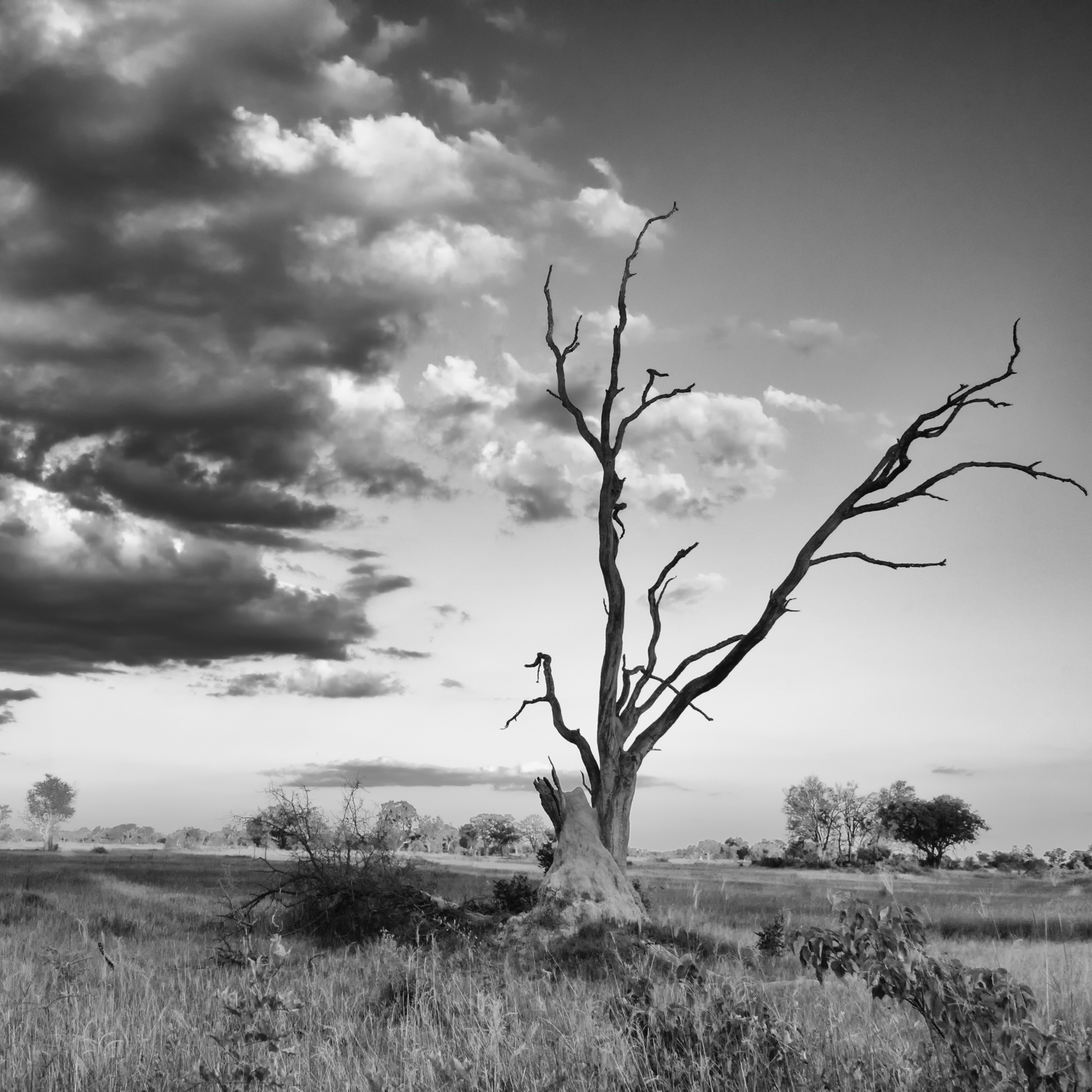




Showcasing the beauty of Mother Nature







I have been incredibly fortunate to see wild dogs on all the trips I have taken to southern Africa. My very first trip, when asked what animal I hoped I would see, it was the wild dog. I knew they were rare, endangered, and can be difficult to find, and when our guide Mike found them during our day trip to Chobe Park, I was beyond thrilled. And I have remained thrilled each time I have had the good fortune of spending time with these amazing animals.
All the images below were from my last trip, when we had wild dogs sightings over 3 days in the Okavango Delta.






Last week I decided that my Sunday posts for the rest of the month would focus on the topic Warm. It seemed fitting, given how cold it has been and how much I wish it would warm up.
Today, I decided to share images that make my heart feel warm and happy. It should be no surprise to any frequent visitor that this means elephants. Lots and lots of elephants!
I hope you enjoy my selections, and wishing you a wonderful week ahead.





This topic came to me as it is the exact opposite of how I feel right now! We’ve been in a deep freeze for some time now, and there doesn’t seem to be an end in sight yet. So, my Sunday posts for February are going to focus on warm places, warm interactions; anything that makes me feel a bit warmer!
Today, I have some landscape images to share from my travels. All places where I haven’t spent time shivering!
Wishing everyone a fantastic week ahead.


















I was going to post some of these images on Wednesday last week for a wordless Wednesday post, but I was having a few site issues, and just didn’t have the patience to wait while WordPress loaded slowly. So instead, I’ve gone through my images and found a few more hummingbird images and am sharing them all today.
While I was in Southern California, I enjoyed my morning coffee on the patio, and loved watching the hummingbirds fighting over the best spots at the feeders and various flowering bushes. I also noticed how chattery the Costa’s hummingbirds are. They spent a lot of time singing from the branches of the bushes in the garden. The link below is the All About Birds page for the Costa’s hummingbird, and you can hear what they sound like there.
All About Birds – Costa’s Hummingbird






Seeing these images makes me long for spring even more, when the Rufous hummingbirds return to Prince George for another (short) spring and summer season.
